Gen-AI Org Charts Guide
Introduction: Redefining Enterprise Sales Intelligence
B2B sales today require more than traditional tools and static data, especially when targeting large organizations in sectors like Retail, Healthcare, Technology, Pharmaceuticals, Automotive, Media, Energy, and BFSI. In these industries, decision-making is a complex, multi-layered process involving numerous stakeholders. To illustrate, companies such as Walmart, Amazon, and Carrefour in Retail, Johnson & Johnson, Pfizer, and Roche in Healthcare, and Apple, Microsoft, and Google in Technology represent global leaders, each with their own complex decision-making networks.
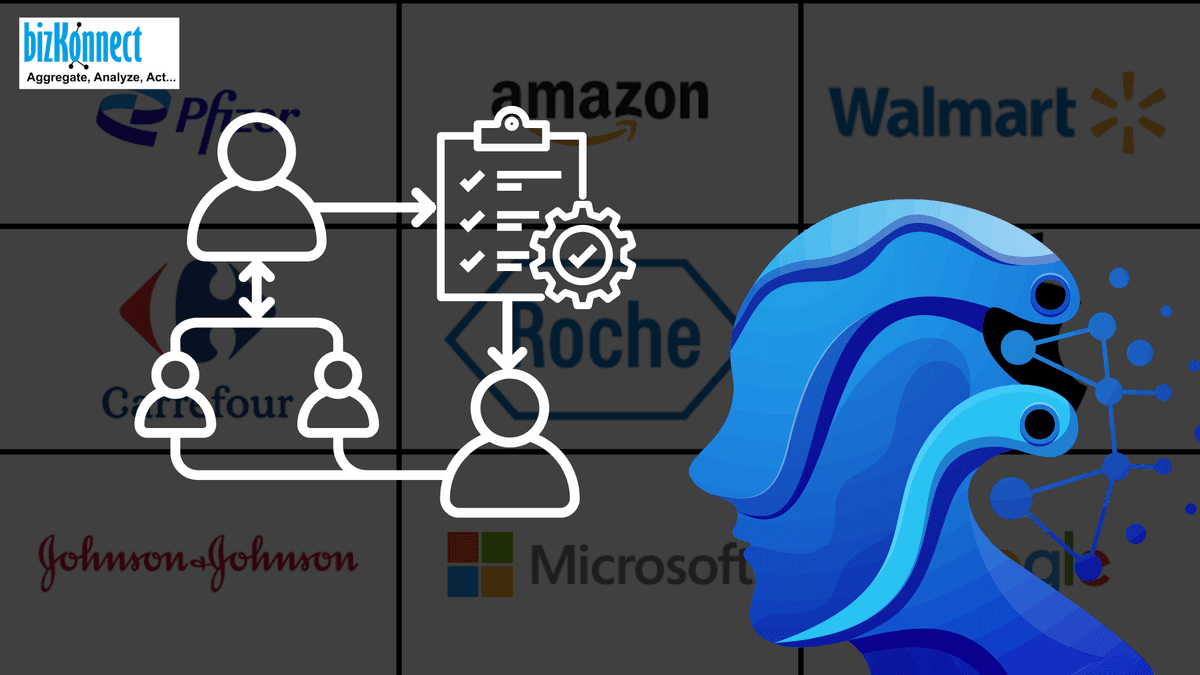
Understanding these organizations' internal structures and the key influencers within them is critical for successfully navigating enterprise sales. Traditional org charts and CRM contact lists often fall short, as they provide basic structural information but lack the actionable intelligence needed to effectively engage with these decision-makers.
SAMPLE of Actionable Org Charts to Understand it Better.GenAI driven dynamic actionable org charts bridge this gap. These are dynamic organizational diagrams into strategic blueprints—integrating accurate data of Ideal Customer Profiles (ICPs), internal relationships of the decision makers, and contextual insights to guide sales, marketing, and account management efforts with greater precision.
These dynamic charts offer a behind-the-scenes look into how decisions are made, who influences them, and how different departments interact within the organization’s strategic framework. This article explores how actionable org charts revolutionize account mapping, outreach, and long-term relationship management for enterprise sales teams.
This guide explores how actionable org charts empower teams—from account planning and strategic outreach to relationship nurturing and long-term account growth.
Understanding the Complex Decision-Making Structure in Large Enterprises
Large enterprises are intricate ecosystems. Unlike small or mid-sized businesses where decisions can be centralized, multinational corporations distribute decision-making across various layers.
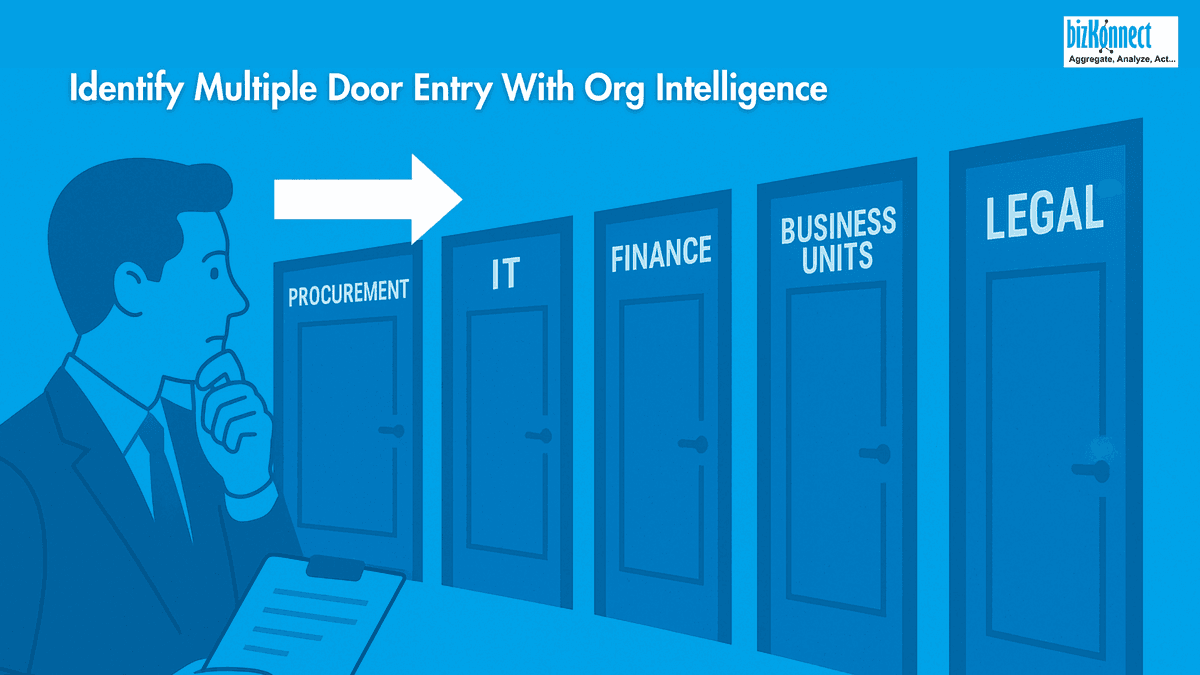
Each department whether it’s finance, IT, procurement, legal, or operations has its own set of priorities and risk assessments.
Consider an enterprise where the final decision on a new technology solution requires approval from:
- Procurement teams that scrutinize vendor terms and negotiate contracts,
- IT and security units responsible for integrating and safeguarding new systems,
- Finance departments that evaluate the return on investment and budget alignment,
- Business unit heads who assess operational fit and strategic alignment,
- Legal and compliance teams that mitigate potential risks.
Related Resource:
In such settings, a single decision-maker is rare. Instead, several individuals influence or outright determine the outcome of a purchase. An effective GenAI driven dynamic org chart that maps these stakeholders provides clarity in an otherwise tangled decision-making process. It is not merely a list of names but a strategic tool that reveals the nuances of internal influence and interdepartmental relationships. Consider how companies like JP Morgan or Toyota structure their internal approvals? Each layer of their decision-making process requires targeted engagement, underscoring the need for such advanced mapping.
A detailed view of the enterprise structure can uncover hidden champions—those who might not be the final approver but are influential enough to sway decisions. It also highlights potential roadblocks; for example, a strict compliance officer or a risk-averse department might slow down progress. By understanding these dynamics, sales teams can prioritize their efforts, craft nuanced messaging, and design multi-threaded engagement strategies that address each stakeholder’s unique concerns.
Moreover, knowing who reports to whom and how different units interact can help in forecasting potential changes. For example, a recent reorganization might indicate a shift in decision-making power, or a new hire in a key department could become an unexpected ally. Actionable org charts offer a granular perspective on the inner workings of an enterprise, providing sales teams with the intelligence needed to navigate and influence complex buying committees effectively.
Enhancing Account Mapping & Outreach Through Actionable Org Charts
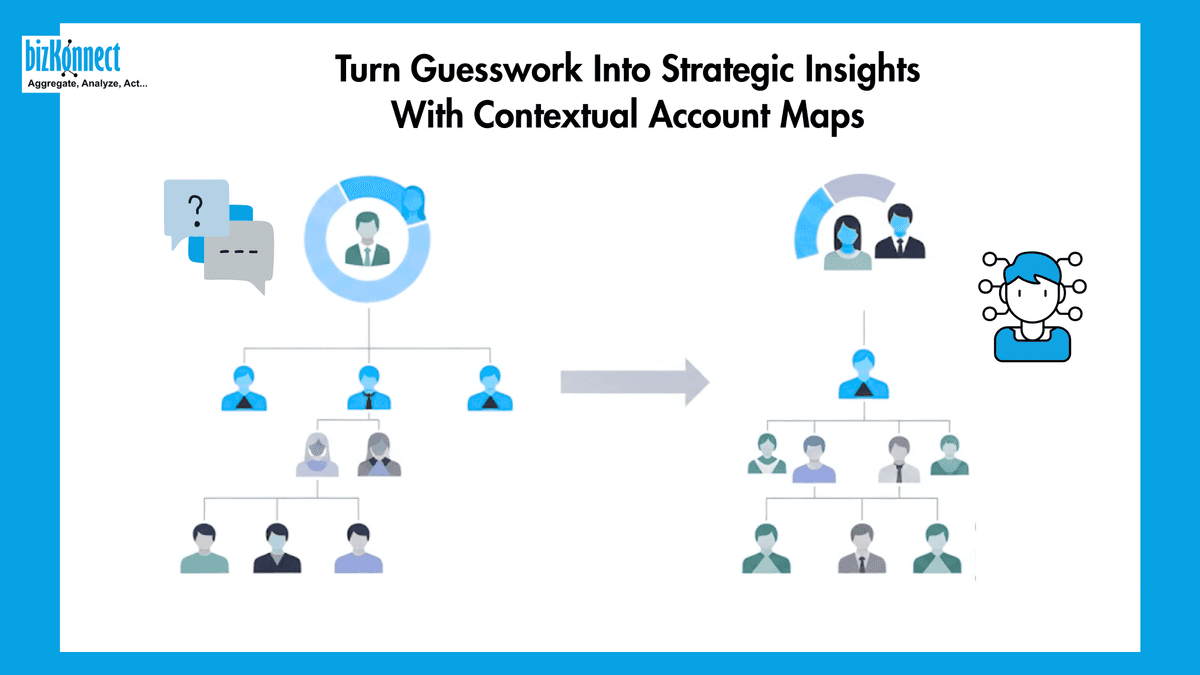
Mapping out an enterprise account is a foundational step in executing a strategic sales plan. In traditional settings, account mapping might involve piecing together contact lists and high-level organizational structures. However, in today’s environment, a more robust, actionable approach is essential.
Actionable org charts elevate account mapping by merging traditional hierarchical views with:
- Accurate role updates:Information on role changes, internal movements, or recent hires keeps your map current.
- Contextual intelligence:Contextual intelligence: Insights on recent company developments, industry shifts, and stakeholder-specific trends offer a deeper understanding of potential needs.
- Relationship mapping:Beyond reporting lines, these charts depict the informal networks that exist within an organization, including mentorships, cross-functional collaborations, and historical relationships
Related Resource:
In industries spanning from automotive giants like Volkswagen to media powerhouses such as Disney, this approach is crucial in tailoring messaging that resonates with both diversified and highly specialized teams. For instance, when reaching out to a potential client, knowing that a particular manager is currently championing a new digital initiative can shape how you position your solution. Sales teams are no longer guessing; they have a visual and data-backed reference that aligns prospect challenges with their own offerings.
Furthermore, actionable org charts support multi-threaded engagement. Instead of relying on a single point of contact, teams can identify several potential entry points. This approach minimizes the risk associated with relying solely on one connection, particularly in large organizations where individuals frequently change roles or responsibilities.
This enhanced mapping is invaluable during outreach. When crafting communication, it allows for hyper-personalization. Rather than a generic email blast, outreach becomes a strategic conversation starter—referencing a recent press release, noting a company restructure, or connecting over shared professional interests. Such personalized communication not only increases the likelihood of engagement but also demonstrates a nuanced understanding of the prospect’s business environment.
By integrating various data sources like CRM records, social media profiles, news feeds, and internal intelligence, GenAI driven actionable org charts provide a holistic view of the account. This enriched perspective is essential in a competitive market where even slight advantages in understanding an organization’s structure can translate into winning more business.
Customizing Org Charts for Target Profiles
No two enterprises are identical. Each organization operates within a unique context defined by its culture, market position, and strategic objectives. Therefore, a standardized org chart often falls short of meeting the nuanced needs of an enterprise sales strategy. Customization is key.
Related Resource:
Customized org charts are tailored to reflect the specific needs and priorities of the target organization. They can be adjusted based on:
- Industry Vertical:For example, the decision-making process in a healthcare company might be distinctly different from that in a technology firm. Custom charts can highlight regulatory bodies, compliance officers, and department-specific leaders that are particularly relevant in healthcare.
- Geographical Regions:Multinational companies often have region-specific leadership and operational structures. Customization can ensure that local dynamics, such as regional business practices or market conditions, are accurately represented.
- Functional Focus:Functional Focus: Depending on your solution, certain departments might be more relevant. An enterprise looking for advanced data analytics might benefit from a detailed view of the IT and business intelligence units rather than an exhaustive list of all departments.
Customization also extends to the type of insights integrated into the org chart. For instance, if your solution addresses cybersecurity challenges, the chart can emphasize individuals in roles related to IT security, compliance, and risk management. Adding layers such as recent investment trends, key project updates, and even social engagement metrics provides a richer context for outreach. Whether engaging with a retail leader like Carrefour or a BFSI powerhouse such as HSBC, customization ensures that the org chart mirrors the specific market dynamics and operational nuances of the client’s industry.
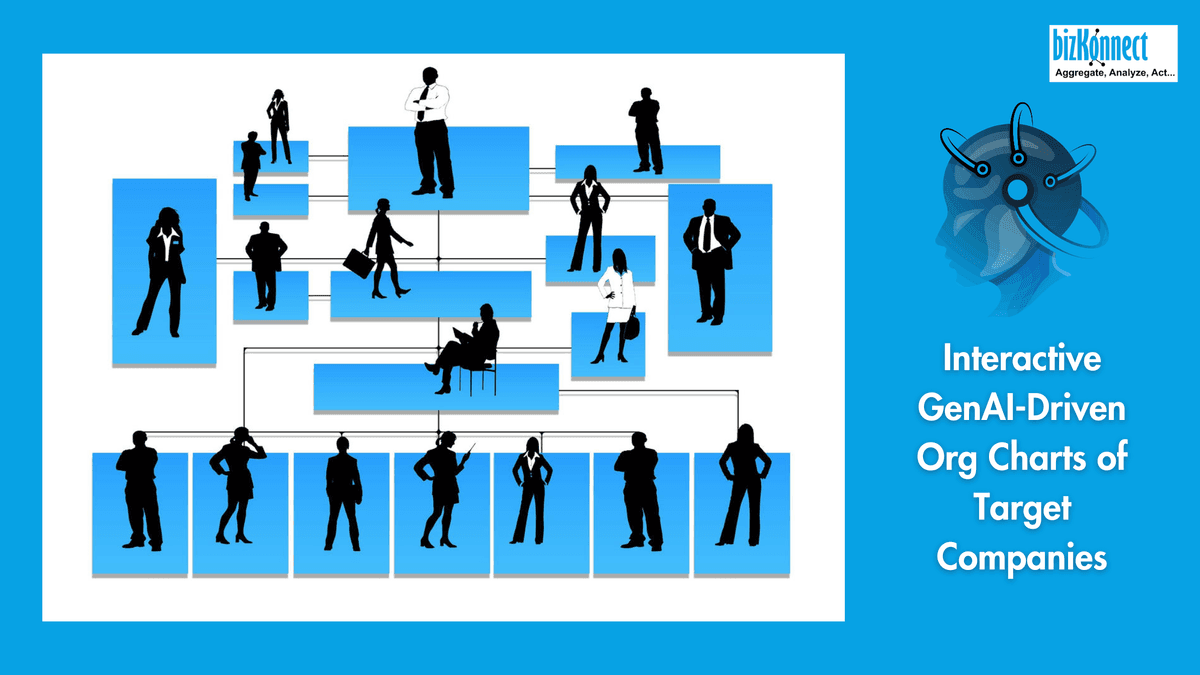
The process of customization begins with data aggregation. By merging multiple data sources—including public records, proprietary databases, and internal CRM systems—sales teams can create a map that not only outlines the organizational structure but also highlights relevant contextual data. The result is an interactive, living document that evolves as the organization does.
Custom org charts serve as a strategic asset, allowing teams to visualize the optimal paths for engagement. Instead of a generic view, the map becomes a tailored strategy guide that directs resources where they are most likely to yield results. With the right level of detail, sales teams can identify not just the decision-makers but also the influencers and gatekeepers who might help or hinder a sale. This level of precision is essential in enterprise sales, where every connection counts.
Comprehensive Account Maps: Beyond Hierarchies to Complete Connectivity
Related Resource:
In a large enterprise, information is power. A comprehensive account map goes beyond listing names and roles—it connects the dots between various stakeholders, providing an integrated view of the organization’s internal network.
A complete account map typically delivers a 360-degree view by integrating:
- Hierarchical Structures: Clear visualization of reporting lines and functional departments.
- Verified Contact Information: Up-to-date email addresses, phone numbers, and professional profiles for each key contact.
- Interpersonal Connections: Identification of informal networks such as mentorship ties, alumni networks, or previous collaborative experiences.
- Activity and Movement Tracking: Real-time updates on personnel changes, department restructures, and leadership shifts.
For sales, having a comprehensive view of an account can transform outreach strategies. Rather than targeting individuals in isolation, teams can understand how decision-makers are connected. This is particularly useful when trying to gain traction in an organization where a single introduction could lead to multiple opportunities. In diverse industries—from tech innovators like Microsoft to energy leaders like Shell—understanding these networks is critical for effective multi-channel engagement.
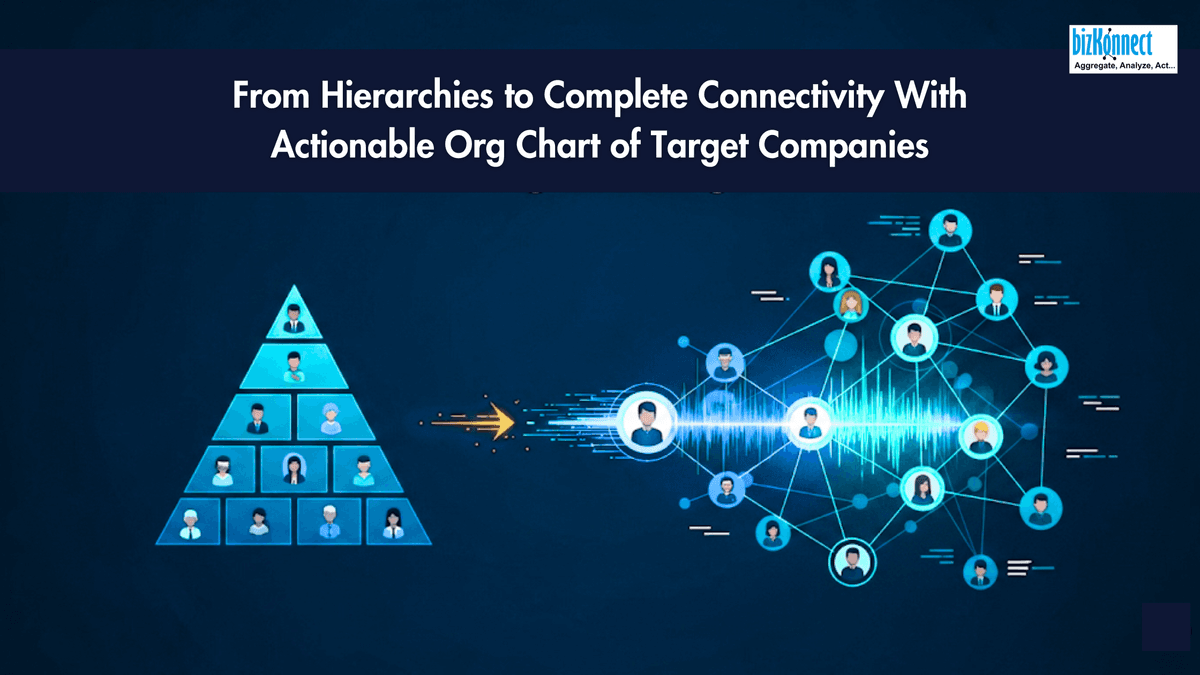
For example, if a sales representative is trying to introduce a new software solution, understanding the connectivity between the IT head, the procurement manager, and a trusted project manager could enable a more coordinated outreach effort. Instead of approaching each contact separately, the representative can design a campaign that leverages these internal relationships, thereby increasing the likelihood of a successful engagement.
Remember, mapping internal movements and relationships helps in forecasting potential opportunities and risks. A sudden shift in leadership or a reorganization might open up new avenues for engagement or indicate that a previously unresponsive department might now be more open to discussions. These dynamic insights are crucial for adapting sales strategies in real time.
The integration of comprehensive contact data ensures that the account map remains actionable. It is not simply a static diagram but a working tool that guides the sales process—from the initial approach to ongoing relationship management. In this way, comprehensive account maps become central to navigating the multifaceted world of enterprise sales, allowing teams to move beyond guesswork and operate with a clear strategic intent.
Contextualizing Decision Makers within the Prospect Ecosystem
Related Resource:
Understanding the context in which decision makers operate is pivotal. It’s not enough to know who holds a position; one must understand the environment, challenges, and opportunities that shape their decision-making.
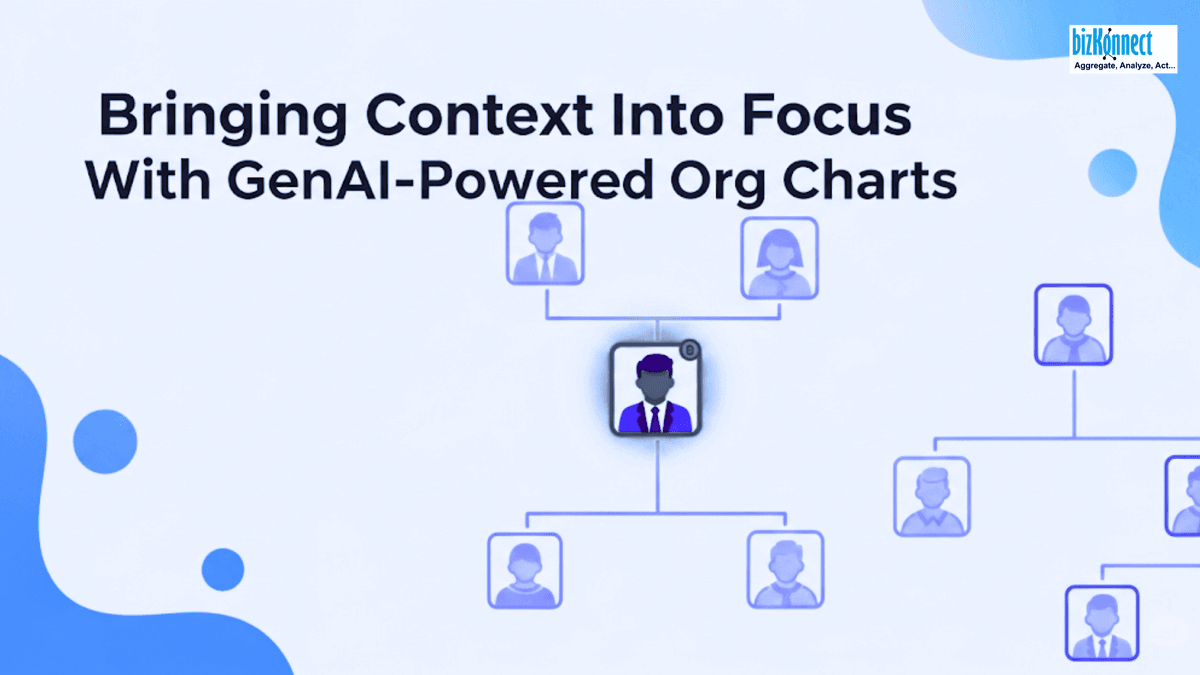
Actionable org charts bring context into focus by layering:
- Recent Developments:Information about mergers, acquisitions, product launches, or strategic shifts that may affect priorities.
- Individual and Departmental Focus:Insights into personal interests, published thought leadership, or participation in industry events help paint a picture of what drives the decision makers.
- Operational Challenges:Data on internal struggles, such as budget constraints or compliance pressures, which could influence purchasing decisions.
- Market Dynamics:External trends and competitor movements that impact the enterprise’s strategic priorities.
By contextualizing decision makers, sales teams can create communication strategies that resonate. Imagine reaching out to a financial controller who has been vocal about budget optimization during economic uncertainty. A message that acknowledges these challenges and outlines a clear ROI might be far more compelling than a generic pitch. The advantage of this approach is twofold. First, it minimizes the risk of misaligned outreach—ensuring that each conversation is relevant and timely. Second, it positions the sales team as a knowledgeable partner rather than a vendor, fostering trust and opening up channels for more in-depth dialogue.
Contextual intelligence is particularly critical in enterprises where internal dynamics can change rapidly. An executive might be replaced, a department might be reorganized, or strategic priorities might shift following a market disruption. Actionable org charts that incorporate these nuances ensure that your approach remains flexible, adaptive, and precisely targeted.
Streamlining Strategic Sales with Dynamic Org Charts
Related Resource:
A dynamic org chart isn’t merely a reference tool—it serves as the backbone of a strategic sales approach. When sales teams have a real-time understanding of an account’s structure, they can direct their energy more efficiently and avoid time-consuming dead ends.
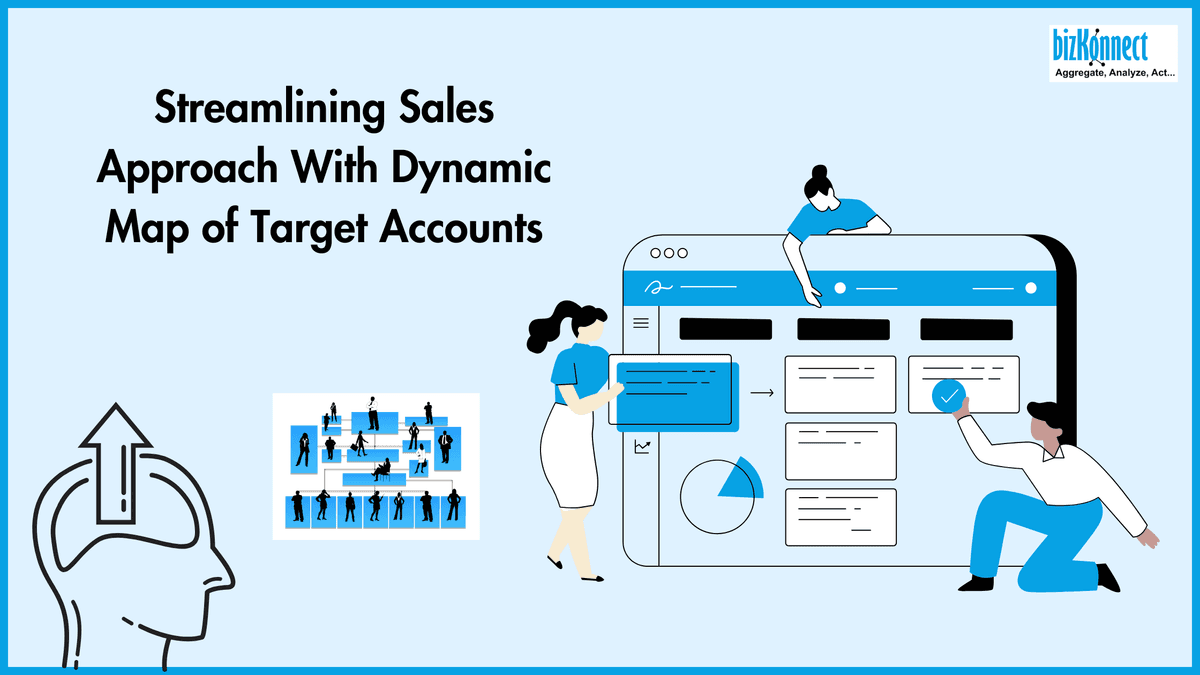
Dynamic org charts provide clarity on:
- The Optimal Engagement Path:Visualizing multiple routes to reach key decision-makers helps avoid reliance on a single contact point.
- Potential Barriers: Early identification of resistance points enables proactive strategy adjustments.
- Synergistic Opportunities: By mapping connections between departments, teams can leverage internal collaborations to reinforce their pitch.
Sales teams benefit from this dynamic approach by having a clear, data-driven plan that minimizes uncertainties. Instead of navigating a static list, the team works with a living map that reflects the current state of the prospect organization. This agile method allows for rapid response to internal changes, ensuring that no opportunity is missed.
As new data flows in, dynamic org charts update automatically, keeping the sales process in tune with the evolving structure of the target account. This not only helps in shortening the sales cycle but also ensures that outreach is consistently aligned with the latest organizational developments. For example, an email referencing a CFO’s recent statement about capital efficiency during a quarterly call is far more compelling than a generic “we help companies save money” line.
This approach also helps identify the why behind a decision. Is the CIO advocating for change due to security concerns or scalability issues? Are the operations open to automation because of rising labor costs? Actionable org charts help answer these questions, leading to smarter, more timely engagements.
Leveraging Org Charts for Long-Term Account Management
The journey with an enterprise doesn’t end at closing a deal. Long-term account management is critical for sustained growth and deepening relationships.
Related Resource:
Actionable org charts remain valuable tools throughout the customer lifecycle, offering benefits such as:
- Ongoing Relationship Mapping:Continuously tracking shifts in roles, responsibilities, and internal networks.
- Expansion Opportunities:Identifying new business units or departments that could benefit from additional solutions.
- Risk Management:Recognizing early signs of disengagement or internal restructuring that might affect the account’s stability.
- Collaborative Strategy Development:Allowing cross-functional teams—sales, marketing, and customer success—to share insights and coordinate efforts.
With a detailed view of the organizational landscape, account managers can proactively address issues, nurture key relationships, and identify upsell or cross-sell opportunities. The org chart becomes a living asset—one that evolves with the client organization and empowers every team interacting with the account. Whether it's renewing a contract, resolving a service concern, or proposing a new solution, sales and customer success teams can act with precision and foresight. In this way, actionable org charts transcend their traditional role, serving not only as navigational tools but as strategic guides in the complex terrain of enterprise relationships
A dynamic org chart acts as the GPS of enterprise sales—continuously recalculating the route based on traffic conditions. It alerts sales teams to detours (e.g., stakeholder exits), opportunities (e.g., budget expansion), and destination changes (e.g., new strategic goals).
Related Resource:
Integrating Intelligence with Organizational Insight
In the landscape of enterprise sales, having access to dynamic, GenAI driven actionable org charts of the prospect can be a game changer. These tools go beyond mere organizational diagrams; they are strategic blueprints that integrate contextual intelligence, real-time updates, and relationship mapping to offer a clear view of even the most complex enterprises.
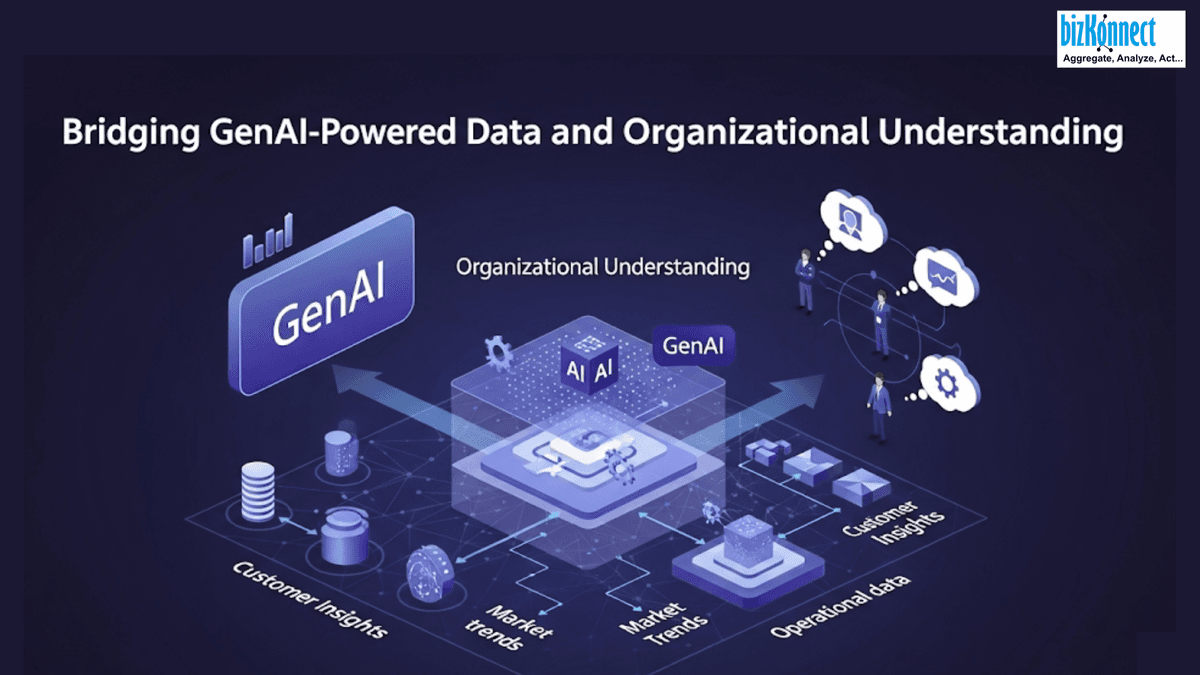
By understanding the intricate decision-making processes, customizing charts to suit target profiles, and integrating comprehensive contact and relationship data, sales teams can approach each account with precision and confidence. The ability to contextualize decision makers, streamline strategic engagement, and continuously update insights not only shortens sales cyclesbut also paves the way for long-term account management and growth.
As sales teams continue to navigate an increasingly complex enterprise environment, actionable org charts stand out as indispensable tools. They provide clarity amid complexity and empower teams to make informed, strategic decisions that drive success in both new customer acquisition and existing account expansion.
Related Resource:
Use Cases Across Teams: Not Just Sales
While the primary users are enterprise sales teams, other functions benefit too:
- Marketing:Target ABM campaigns to clusters of influence
- Customer Success: Monitor org changes to nurture and retain customers
- RevOps:Align strategy with real-time account health metrics
- Product:Understand user personas to inform feature development
When everyone works from the same intelligence-rich source,collaboration improves, execution accelerates, and customer satisfaction deepens.
The future of enterprise sales lies in the integration of advanced data, analytics, and organizational insight—transforming the traditional sales approach into one that is both agile and deeply informed. Embracing actionable org charts means embracing a smarter, more proactive approach to sales and account management, where every connection is understood and every decision is backed by intelligence.
CLICK HERE to know more with BizKonnect.